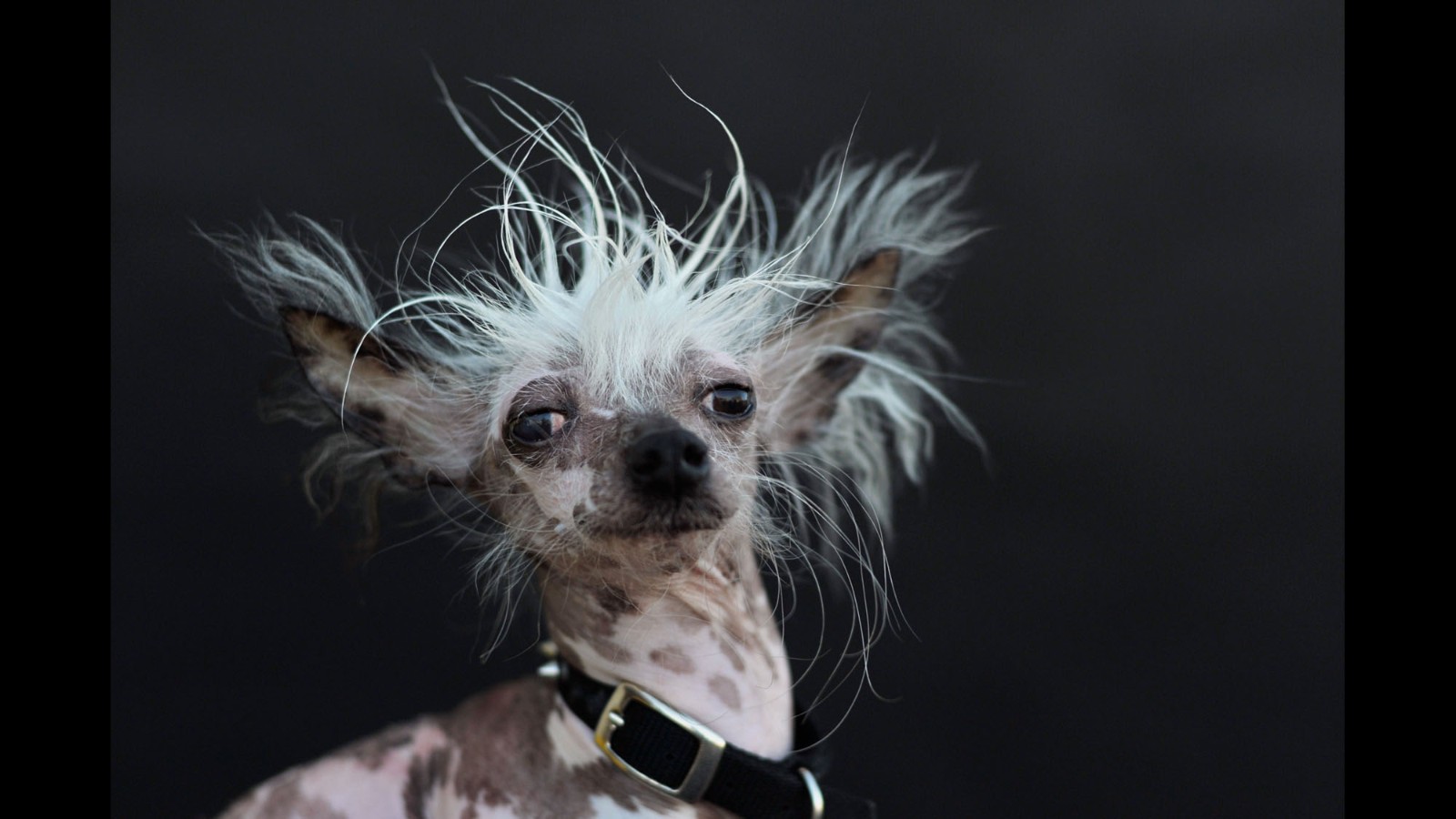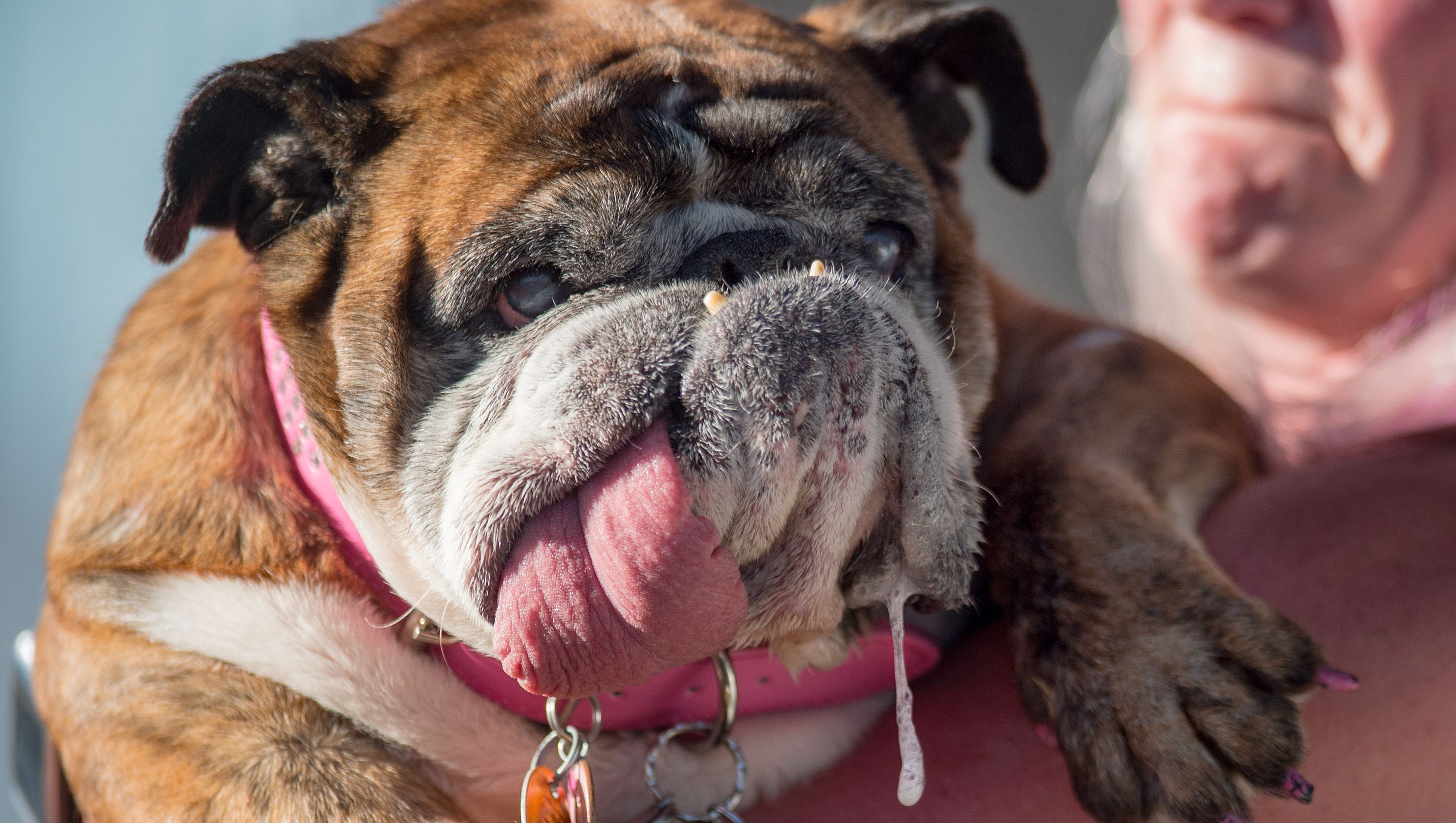Let’s face it—when we talk about the "ugliest face on earth," it’s not just about looks, but a deeper exploration of human perception, societal standards, and even our own biases. This topic has sparked debates, controversies, and endless curiosity online. But what exactly makes a face "ugly"? Is it nature, nurture, or something else entirely? Let’s dive in and uncover the layers behind this controversial yet fascinating subject.
As humans, we’re wired to notice differences. Whether it’s through social media, viral videos, or random internet searches, the concept of "ugliest face on earth" has captured our attention. But let’s pause for a moment—why does society obsess over labeling someone as the "ugliest"? Is it about shock value, curiosity, or simply our inability to embrace imperfection?
This article aims to explore this phenomenon while challenging the stereotypes and stigmas attached to it. We’ll look at the science behind facial attractiveness, societal influences, and the stories behind those who’ve been labeled as the "ugliest face on earth." Let’s not just judge, but understand.
Read also:How Old Is C Blu Unveiling The Age And Journey Of A Rising Star
What Defines an "Ugly" Face?
Before we jump into the "ugliest face on earth," let’s break down the basics. What exactly makes a face "ugly"? Is it about symmetry, proportions, or cultural biases? Scientists have spent years studying facial attractiveness, and it turns out, there’s more to it than meets the eye.
Studies suggest that symmetry plays a significant role in how we perceive beauty. Faces that are more symmetrical tend to be seen as more attractive. But here’s the kicker—what one culture considers "ugly" might be seen as "unique" or even "beautiful" in another. Perception is everything.
Breaking Down the Science
Let’s get nerdy for a moment. Research shows that our brains are wired to prefer certain facial features over others. For example, a study published in the journal "Perception" found that people tend to favor faces with wider eyes, fuller lips, and higher cheekbones. But does this mean faces that don’t fit these criteria are automatically "ugly"? Not necessarily.
- Facial symmetry is linked to genetic health and reproductive fitness.
- Cultural norms shape our perception of beauty and ugliness.
- Individual preferences can override societal standards.
Meet the People Labeled as the "Ugliest Face on Earth"
Over the years, several individuals have been labeled as the "ugliest face on earth" due to their unique features. But behind every label is a person with a story. Let’s take a closer look at some of these individuals and the challenges they’ve faced.
Biography: Stephen Wiltshire
Stephen Wiltshire, often referred to as the "Human Camera," is an artist with autism known for his incredible memory and drawing skills. While he’s celebrated for his talents, his unique appearance has sometimes been criticized. But does that make him "ugly"? Absolutely not.
| Name | Stephen Wiltshire |
|---|---|
| Age | 51 (as of 2023) |
| Profession | Artist |
| Claim to Fame | Ability to draw detailed cityscapes from memory |
Biography: Lizzie Velasquez
Lizzie Velasquez, a motivational speaker and author, gained notoriety after being labeled the "world’s ugliest woman" in a viral video. Born with a rare condition that prevents her from gaining weight, Lizzie has used her platform to challenge societal beauty standards and promote self-acceptance.
Read also:Bag Of Cement In Nigeria Everything You Need To Know
| Name | Lizzie Velasquez |
|---|---|
| Age | 33 (as of 2023) |
| Profession | Motivational Speaker, Author |
| Claim to Fame | Advocacy for body positivity and self-love |
Challenging Societal Standards
Society’s obsession with beauty and perfection has led to the marginalization of those who don’t fit the mold. But why do we do this? Is it fear of the unknown, or a lack of understanding? Let’s unpack the societal pressures that contribute to labeling someone as the "ugliest face on earth."
The Role of Media
Media plays a massive role in shaping our perceptions. From movies to advertisements, we’re constantly bombarded with images of "perfect" faces. But what happens when someone doesn’t fit that mold? They’re often dismissed, ridiculed, or labeled as "ugly." It’s time to challenge these norms and embrace diversity in all its forms.
Cultural Differences in Beauty Perception
What one culture considers "ugly," another might see as "beautiful." For example, in some African tribes, tribal markings and scarification are seen as symbols of beauty and strength. In contrast, Western societies often view these as "unattractive" or "primitive." It’s important to recognize that beauty is subjective and varies greatly across cultures.
Case Study: The Hmar Tribe
The Hmar tribe in India practices a unique form of facial modification called "naipi." Women in the tribe wear heavy earrings that stretch their earlobes, creating a distinctive look. While some might see this as "ugly," the Hmar people view it as a symbol of beauty and tradition.
The Psychological Impact of Being Labeled "Ugly"
Being labeled as the "ugliest face on earth" can have devastating effects on a person’s mental health. Studies show that individuals who face constant criticism and ridicule are more likely to experience anxiety, depression, and low self-esteem. But it’s not all doom and gloom—many have turned their experiences into opportunities for growth and empowerment.
Stories of Resilience
Lizzie Velasquez, for instance, has used her platform to inspire millions. Through her TED Talks and books, she encourages people to embrace their uniqueness and redefine beauty on their own terms. Her story is a powerful reminder that true beauty comes from within.
Breaking Stereotypes: The Power of Self-Acceptance
Self-acceptance is the key to overcoming societal judgments. When we learn to love ourselves for who we are, we become less affected by external opinions. This mindset shift is crucial in dismantling the stigma surrounding the "ugliest face on earth."
Tips for Building Self-Acceptance
- Focus on your strengths and accomplishments.
- Surround yourself with positive influences.
- Practice self-care and mindfulness.
- Remember that you are more than your appearance.
The Future of Beauty Standards
As society continues to evolve, so do our beauty standards. The rise of body positivity movements and inclusivity campaigns is a step in the right direction. But there’s still work to be done. By challenging outdated norms and embracing diversity, we can create a world where everyone feels valued and accepted.
What Can You Do?
Start by examining your own biases and assumptions. Challenge yourself to see beyond surface-level appearances and appreciate the uniqueness of every individual. Together, we can redefine beauty and create a more inclusive world.
Conclusion
In conclusion, the concept of the "ugliest face on earth" is more than just a buzzword—it’s a reflection of our society’s flaws and biases. By understanding the science behind facial perception, challenging societal standards, and promoting self-acceptance, we can shift the narrative and embrace diversity in all its forms.
So, what’s next? Share this article with your friends and family to spark meaningful conversations. Leave a comment below and let us know your thoughts. Together, we can create a world where everyone feels seen, heard, and valued.
Table of Contents


